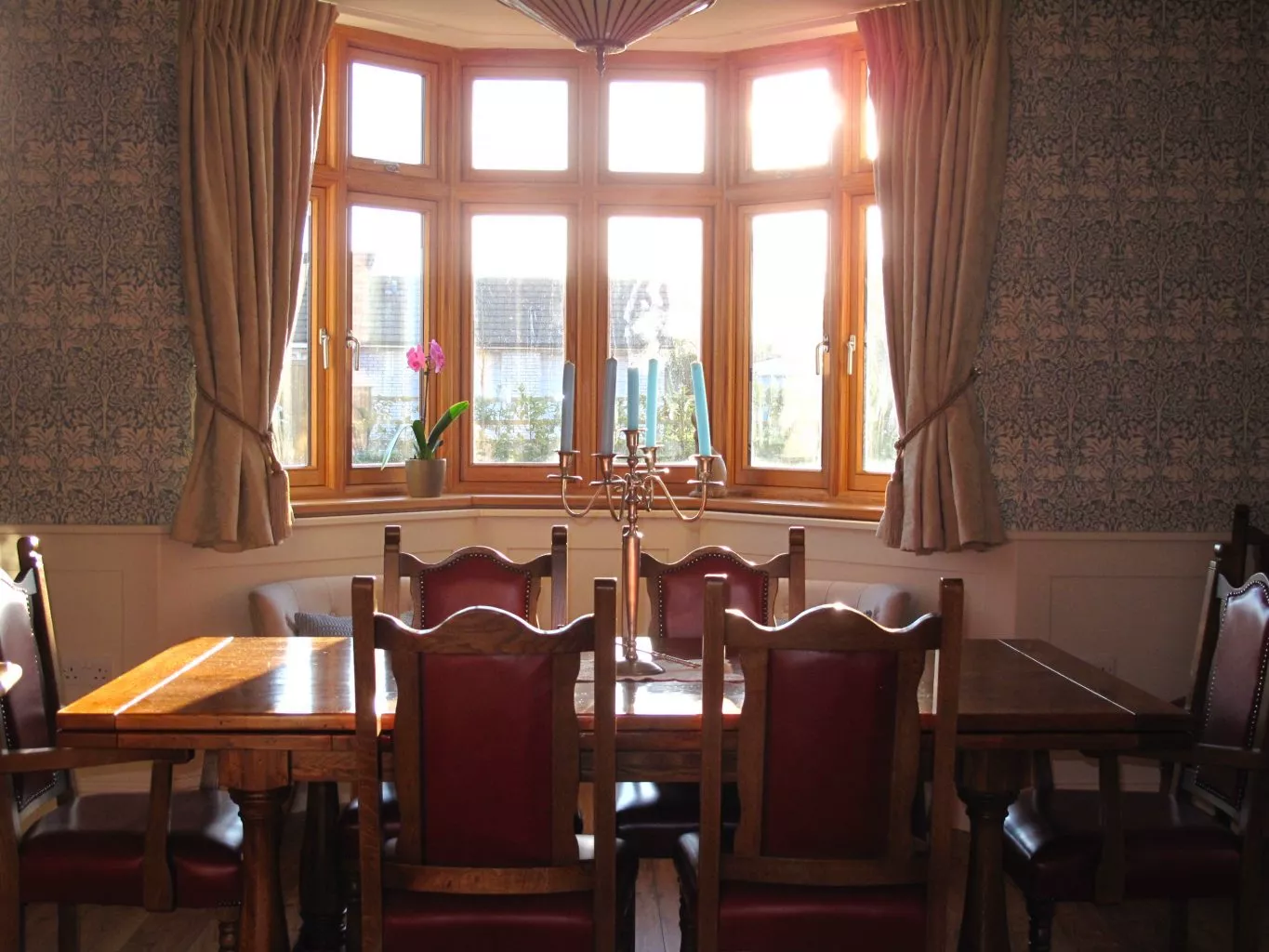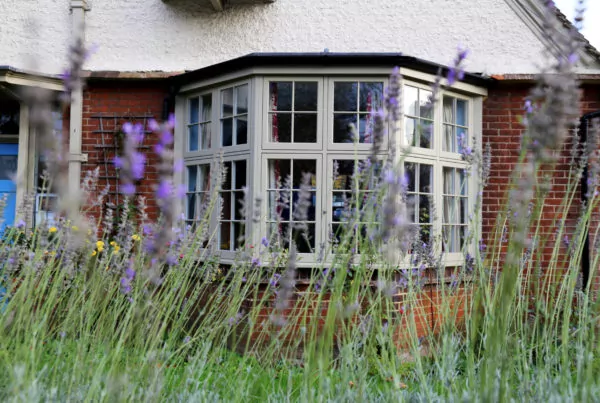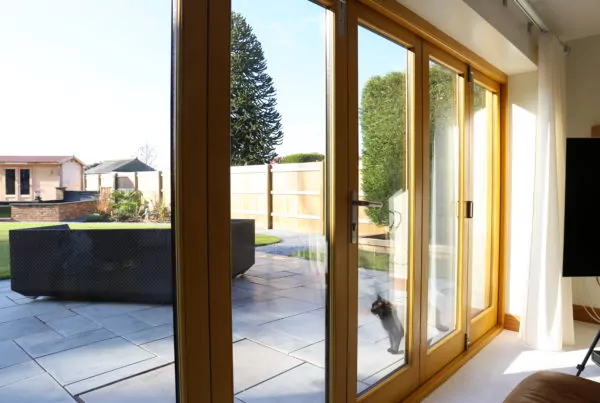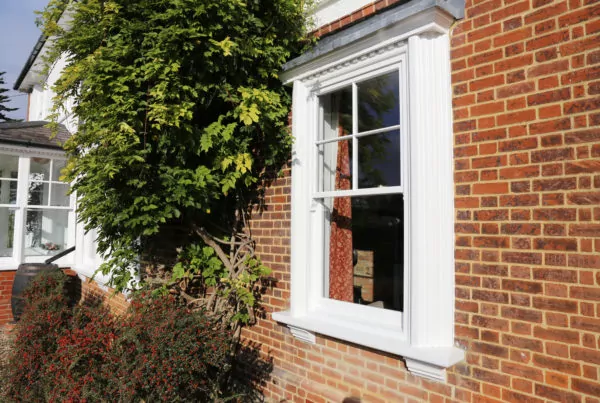Can I change the windows in my listed property?
Owning and renovating period properties is the dream for many. But, what you get in charm often comes with a bit of red tape, especially regarding any structural changes you’re hoping to make.
Replacing windows in a listed property can be unnecessarily tricky thanks to certain restrictions, which you’ll need to consider. For example, your listed property’s existing windows are in poor repair, function badly or not at all, and are draughty and cold. Replacing them needs to be done sympathetically with an appropriate timber window that works, is warm, draught-proof and will be maintenance free for years to come.
So, what do you need to know about changing windows in a listed property? Andrew Jaynes can guide you.
Read on or get in touch for more information.
What is a listed building?
A listed building is one that Historic England have nominated to be protected since it has great historical, cultural or artistic value that needs to be preserved. As the owner, it’s your duty to maintain and keep your building in as much of its original state as possible.
Listed buildings have specific grades, which indicate the level of protection it requires and how to look after them.
- Grade I listed buildings are of exceptional interest and make up for about 2.5% of all listed buildings in the UK. You would certainly need to seek advice to carry out repairs – which would most likely go to a master craftsman – and permission for replacement windows.
- Grade II* listed buildings make up around 5.5% of all listed buildings and are typically protected because of their importance to special interests, rather than historical preservation, such as Capel House for being an important example of modern architecture in Britain.
- Grade II listed buildings are the most common and are protected for their architectural or historic interest.
Renovating period properties
When renovating period properties, you’ll need to seek permission for structural changes, like replacing windows in your listed property, which often means seeking listed building consent from the local authority. Andrew Jaynes can help you identify and organise planning permission if you’re considering changing windows in a potentially listed property.
Windows in listed homes generally can not be changed without permission and doing so is breaking the law. Be sure to check before going ahead. If you’re unsure of your home’s status and whether it’s subject to regulations and listed building consent, get in touch and we can advise you.
Planning permission for replacing windows in listed properties
Changing windows in a listed property can take a bit of planning otherwise, it’s quite straightforward. Listed building consent is a specific type of planning application that’s required for work carried out when it affects the property with any:
- Demolition work.
- Alterations to the structure of permanent features.
- Extensions to the main structure.
Listed building consent is granted by the local council. They’ll determine that any work carried out is done with respect to the property’s period and style. Any work must be done sensitively, often using details and materials typical of the period.
Unlike a standard planning application, the council doesn’t charge a fee for listed building consent. As the homeowner, you can apply or we can submit the application on your behalf as part of the job.
What will a local council agree to? Tips and expectations
- Requirements or suggestions
In considering any application, the local authority will often suggest their preferences to you. However, these ‘suggestions’ may not necessarily mean a firm requirement for granting an application and that an application will fail if suggestions aren’t followed.
- Repair versus replacement
When it comes to renovating period properties, the local authority will generally suggest their preference for the repair of an existing window. This doesn’t mean that an application for replacement windows will be refused.
While it’s possible to repair and improve certain defects in an old window, like rot and draughtiness, the results often fall short of what many homeowners would regard as acceptable performance. A repaired window can never function or offer the same thermal insulation as a new window. There will still be a regular cycle of ongoing maintenance required. So in many cases, replacement windows present the most viable solution.
- Keep the building’s historical integrity
The council will be more likely to refuse an application for new windows if they spoil the architectural or historic features of the building. You must always seek to maintain or improve the building’s historical integrity. Replacements must be appropriate to the setting in terms of design, detail, scale and materials.
- Can I have double glazing in a listed building?
Double glazing is the most common reason for wanting to replace windows. It’s also the point of most contention. The conservation department generally doesn’t like double glazing, based on the opinion that it is detrimental to the appearance of the property. However, this does not necessarily mean that they will refuse it.
If done sensitively, it can be difficult for the untrained eye to notice a double glazed window from even a few feet away. Furthermore, the benefits afforded by double glazing include warmth retention, reduced condensation and saving money, which outweighs the marginal difference in appearance. We can help you get the best of both, with our expertise and different glazing options.
- Choose any replacements carefully
If the old windows are historically original, then the replacements will need to replicate them in detail, while potentially incorporating changes such as double glazing.
If the previous owners of your home have neglected to change the windows with appropriate ones, then reverting to an original style will be viewed favourably. Look at alterations in brickwork or at neighbouring properties to get clues as to what was original.
- Be prepared to compromise
Understandably, there can be a difference in priorities between homeowners wishing to improve their homes and the conservation department who have a duty to safeguard the historical appearance of our towns and villages and are less focused on day-to-day functionality or performance.
Remember that the final decision is in their hands, and in all cases, the best solution will always be obtained by mutual respect of each other’s positions.
At a glance summary: Replacing windows in listed properties
- If the proposed new windows are ‘materially different’ to the existing, like you want to replace a single glazed sash window with a double glazed equivalent, you are legally obliged to obtain listed building consent.
- You do not need listed building consent to replace existing windows if the proposed replacement is the same as the original. For example, you can replace a single glazed sash with a new single glazed sash, as long as it’s exactly the same.
- You can find out if your property is listed by contacting your local council or by accessing their website
- Grade II listed buildings are most common and are more likely to be granted consent more than Grade I or Grade II* buildings.
- Seek professional advice from an expert window company like Andrew Jaynes before you start.
- Listed consent applications are reviewed on a case by case basis
Contact Andrew Jaynes
Now you’re ready to start renovating, we’re here to help. Contact us if you have any other questions or to arrange a free quote.






